Hot Products
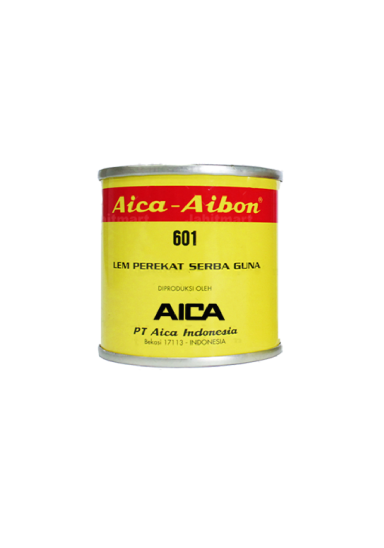
Aibon 601 (70 gr)

Aibon 7 (9.5 kg)
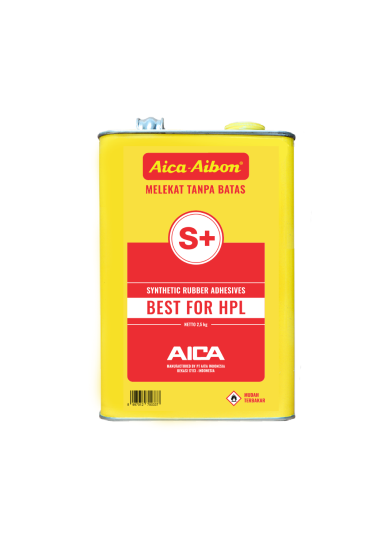
Aibon S+ (2.5 kg)
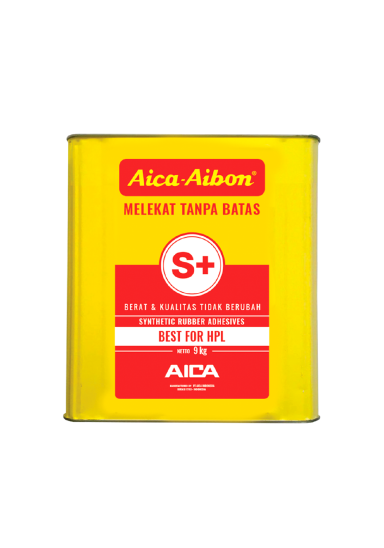
Aibon S+ (9 kg)
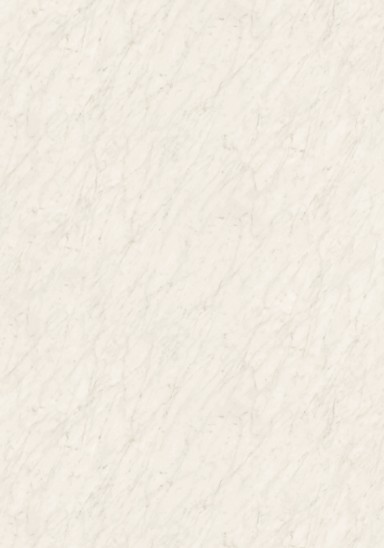
HAK-14038-ZM83
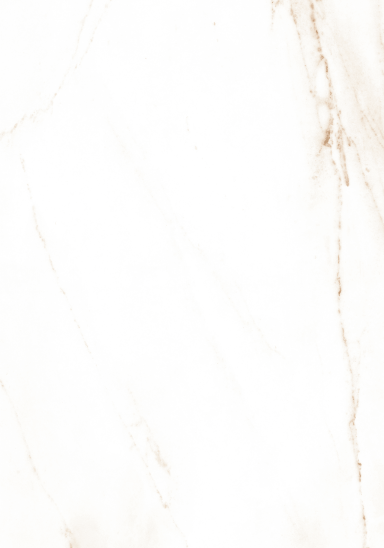
XKAF-14198-ZMN
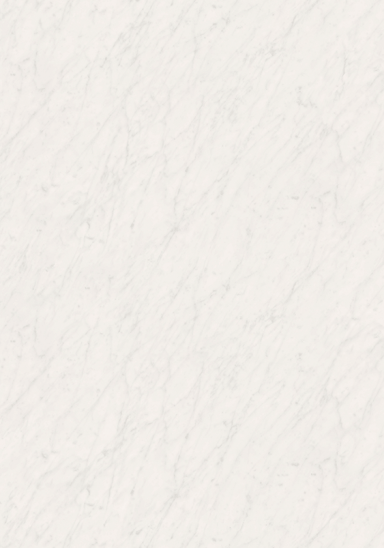
XKAF-14038-ZMN
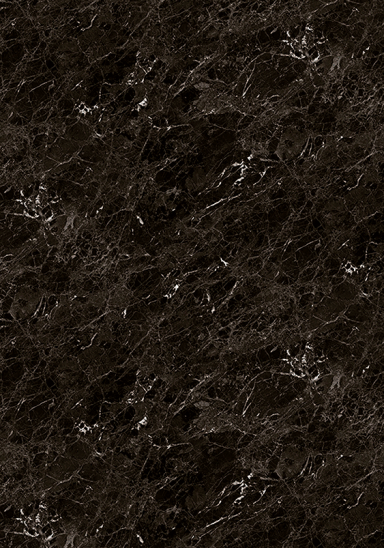
XKAF-14040-ZMN

XKAF-14146-ZMN











In today’s modern era, the market is flooded with various types of adhesives, each offering different strengths, benefits, and specialized functions.
One type that has remained consistently reliable over the years is called “Lem Kuning,” or commonly known as yellow glue, due to its distinctive color. Lem Kuning is a synthetic adhesive traditionally made with a solvent-based formula, although water-based variants are now available. Despite the many brands producing it today, the glue typically retains its signature yellow appearance, hence the name.
In this article, we’ll walk you through how to properly use Lem Kuning to achieve the best bonding results, while also exploring its key features, uses, and benefits, so you can get the most out of this tried-and-true adhesive.
You might be wondering, “What exactly is yellow glue used for?” or “How is it different from other types of adhesives?” Yellow glue is a synthetic adhesive widely used to bond a variety of materials, from High Pressure Laminates (HPL), wood, cardboard, and paper to rubber and synthetic leather.
With its strong bonding power and long-lasting results, yellow glue remains a go-to adhesive for professionals in craft industries, woodworking, furniture making, and even household projects.
Before digging down on how to use yellow glue properly, let’s take a look at what makes it a trusted option:
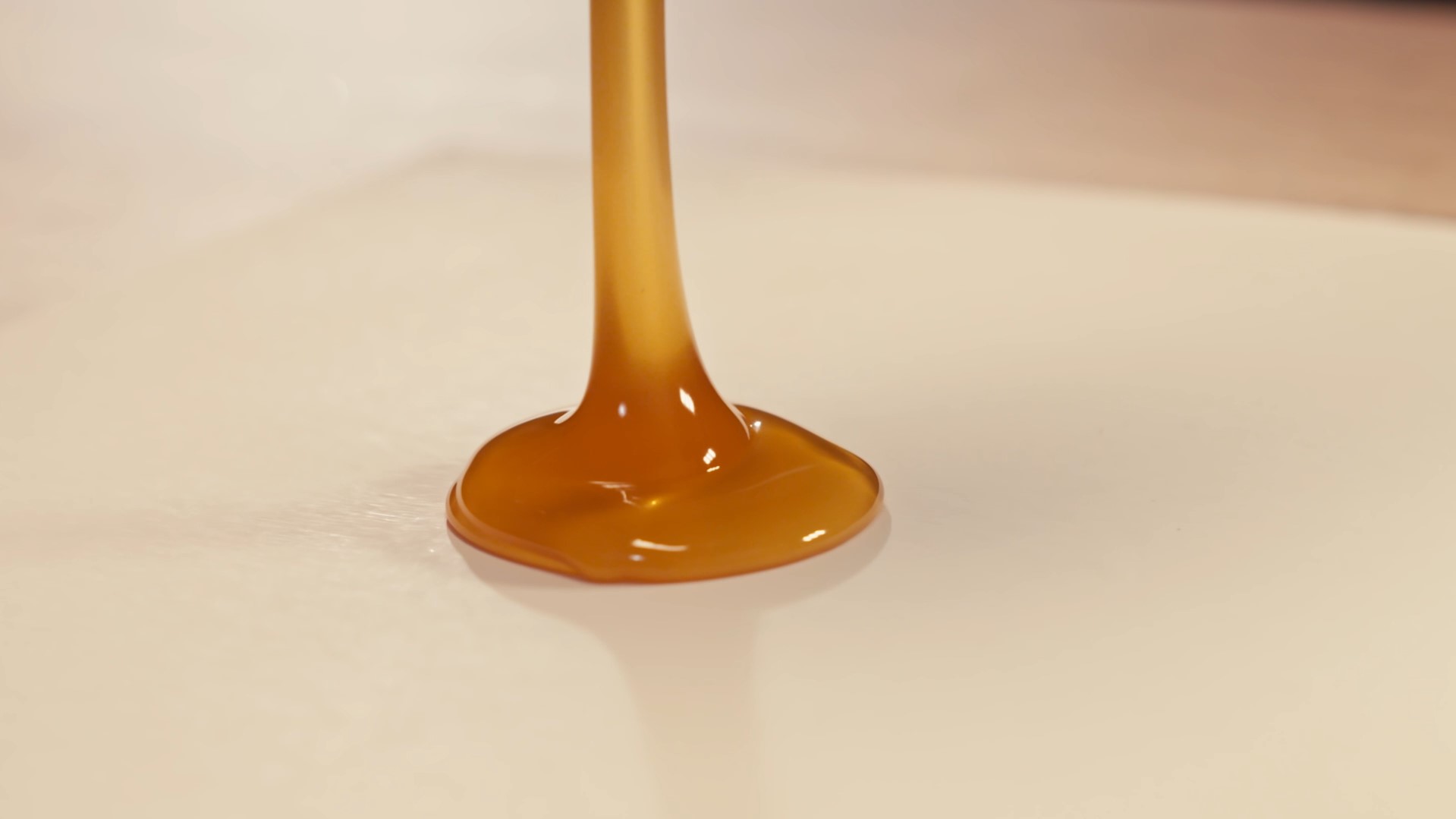
Yellow glue is known for its impressive bonding strength, especially when applied correctly. It ensures a reliable hold, even under pressure.
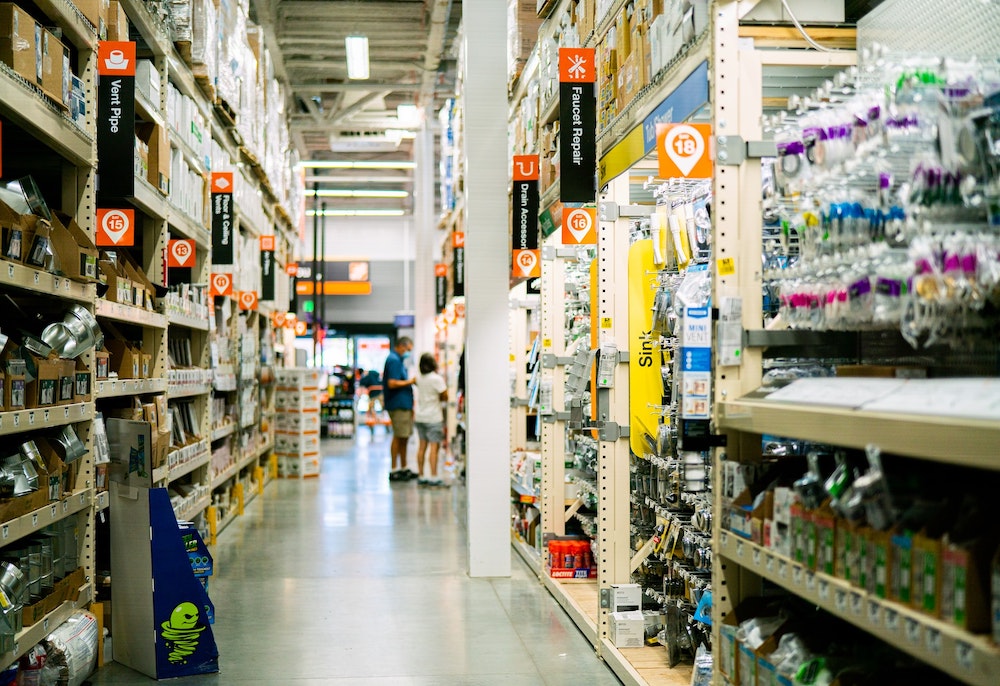
You can easily find yellow glue in almost any hardware store, and many brands are also stocked in supermarkets or stationery stores.
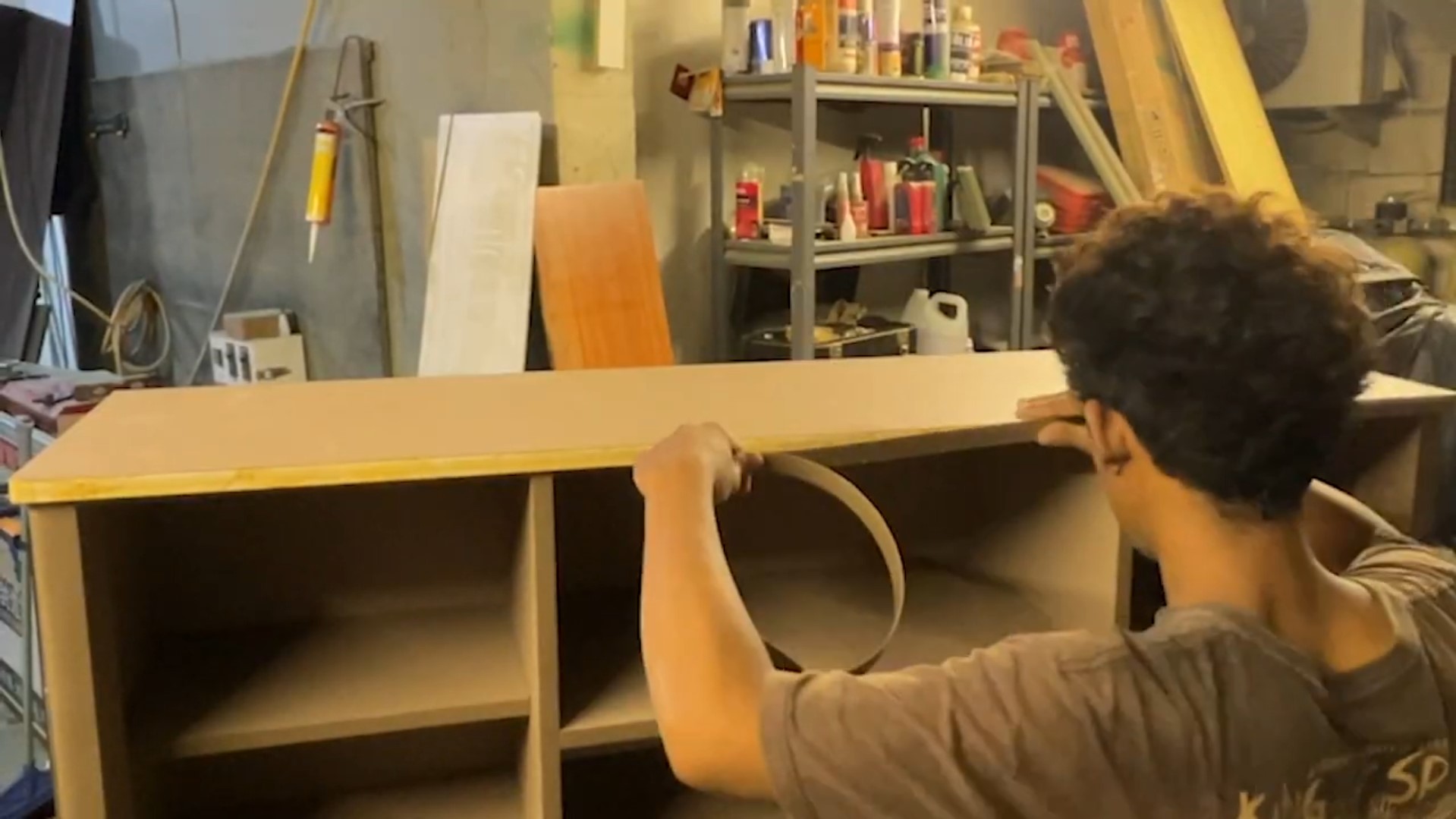
One of its key advantages is its quick-drying nature. While drying time varies by brand and formulation, this feature allows for more efficient work, just be sure to check the product label for specific timings.
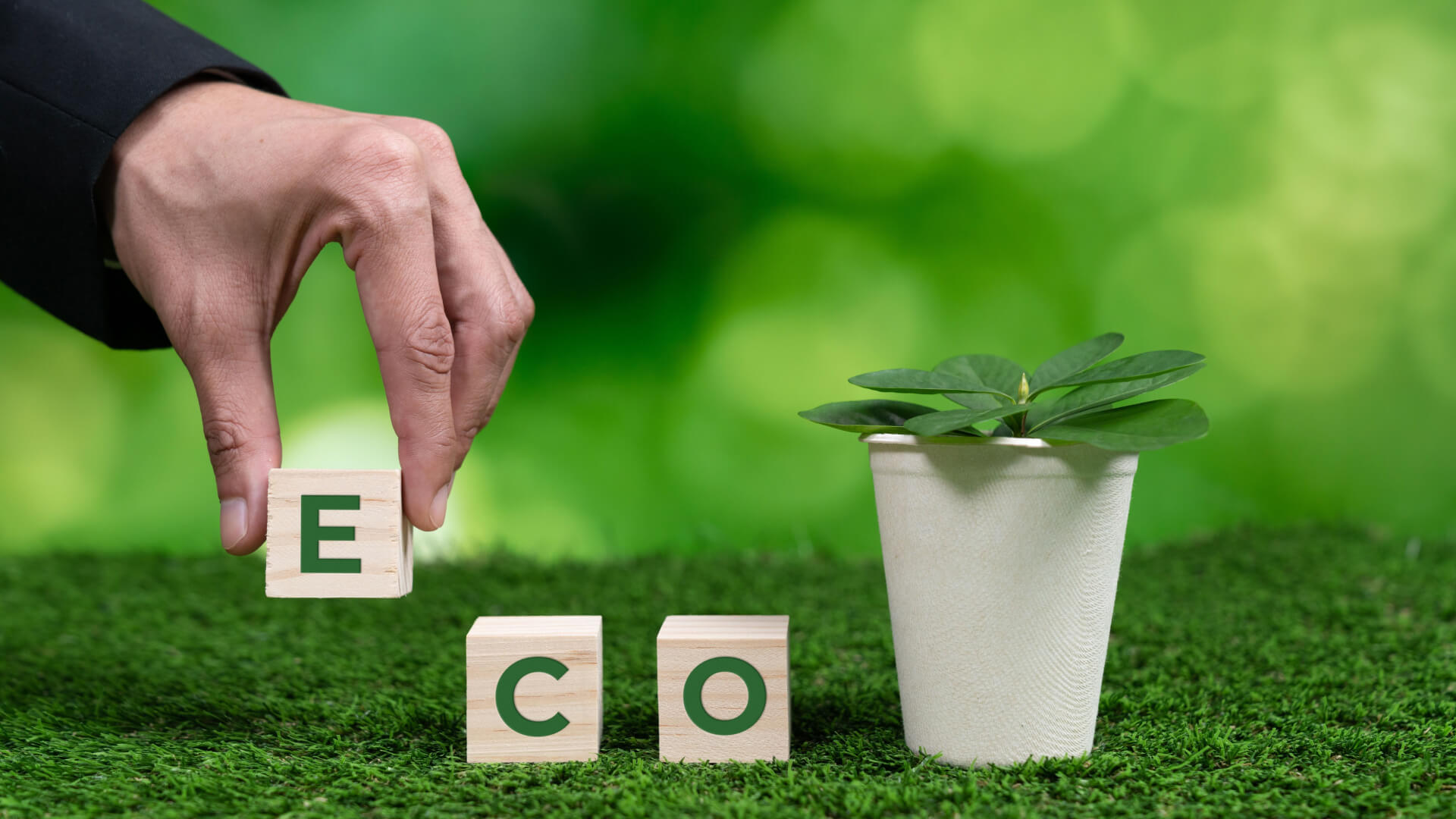
Modern formulations now include non-toluene versions, which are safer for long-term use and better for the environment. These innovations make yellow glue safer for users without compromising performance.
Here are some step-by-step guide to help you get the best results from yellow glue:
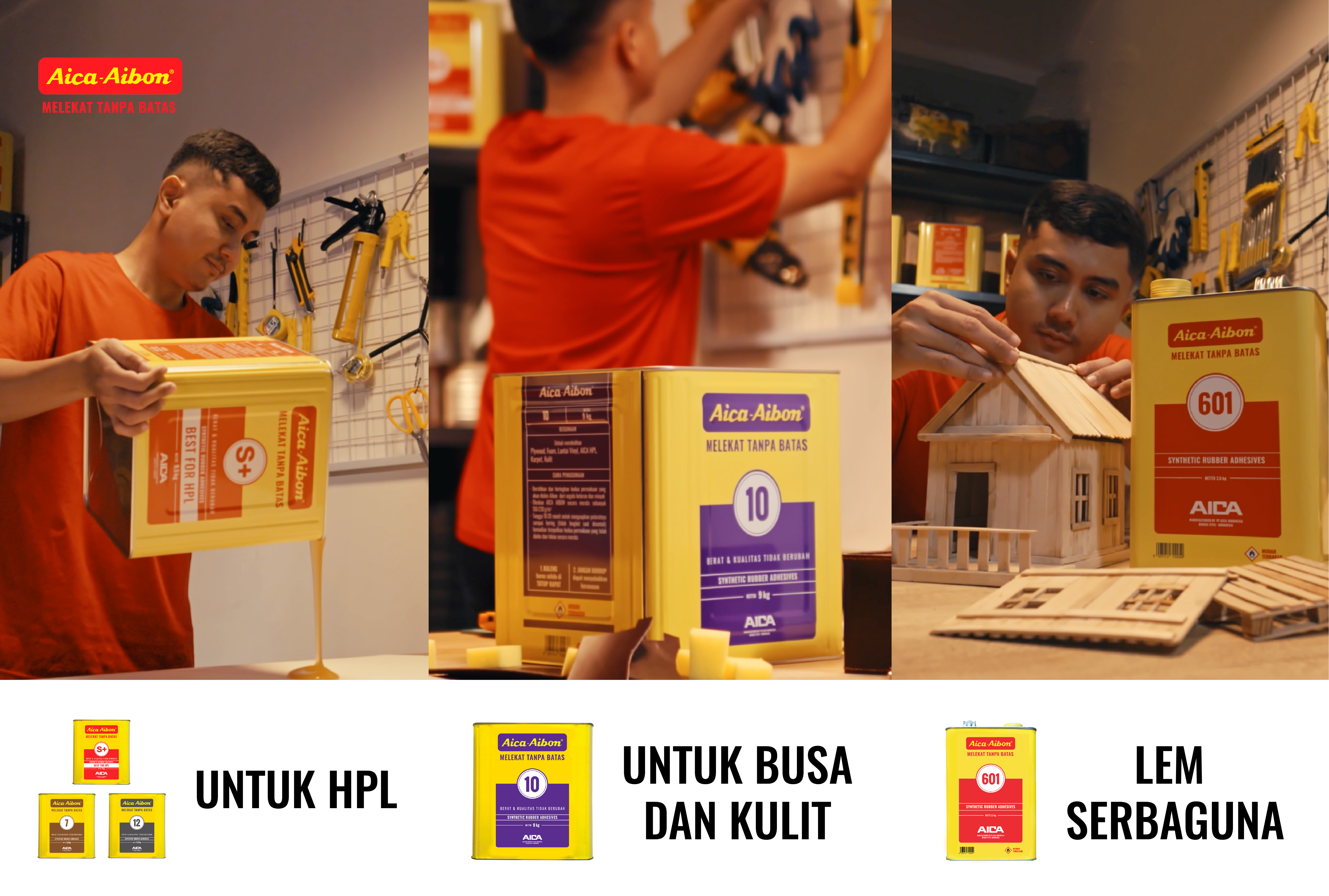
Choose your preferred yellow glue variant that matches the materials for a maximum bond. Protip, using the correct adhesive ensures optimal results!
Start by cleaning both surfaces to remove dust, oil, or debris. A clean surface is essential to maximize bonding strength.
Apply a uniform layer of glue to both surfaces. Then wait for the proper Open Time, because each product has a different waiting period before bonding (often noted on the packaging). Gluing surfaces too early while the glue is still very wet may weaken the adhesion.
Once the glue reaches the recommended tackiness, align the surfaces and press them together evenly and gently for a firm bond.
Let the adhesive cure completely. On average, yellow glue takes around 10–30 minutes to fully dry at room temperature.
In applying Yellow Glue/Lem Kuning, there are few things you should keep in mind, such as:
This refers to the time you have to apply glue before it starts drying. For instance, if the Tack Time is 10 minutes, you should finish applying within that period. To avoid mistakes, always refer to the product’s technical sheet.
Open Time is the optimal window to bond the surfaces after glue application. If it’s 10 minutes, wait that long before joining the surfaces. Don’t forget to always check your specific product’s instructions too!
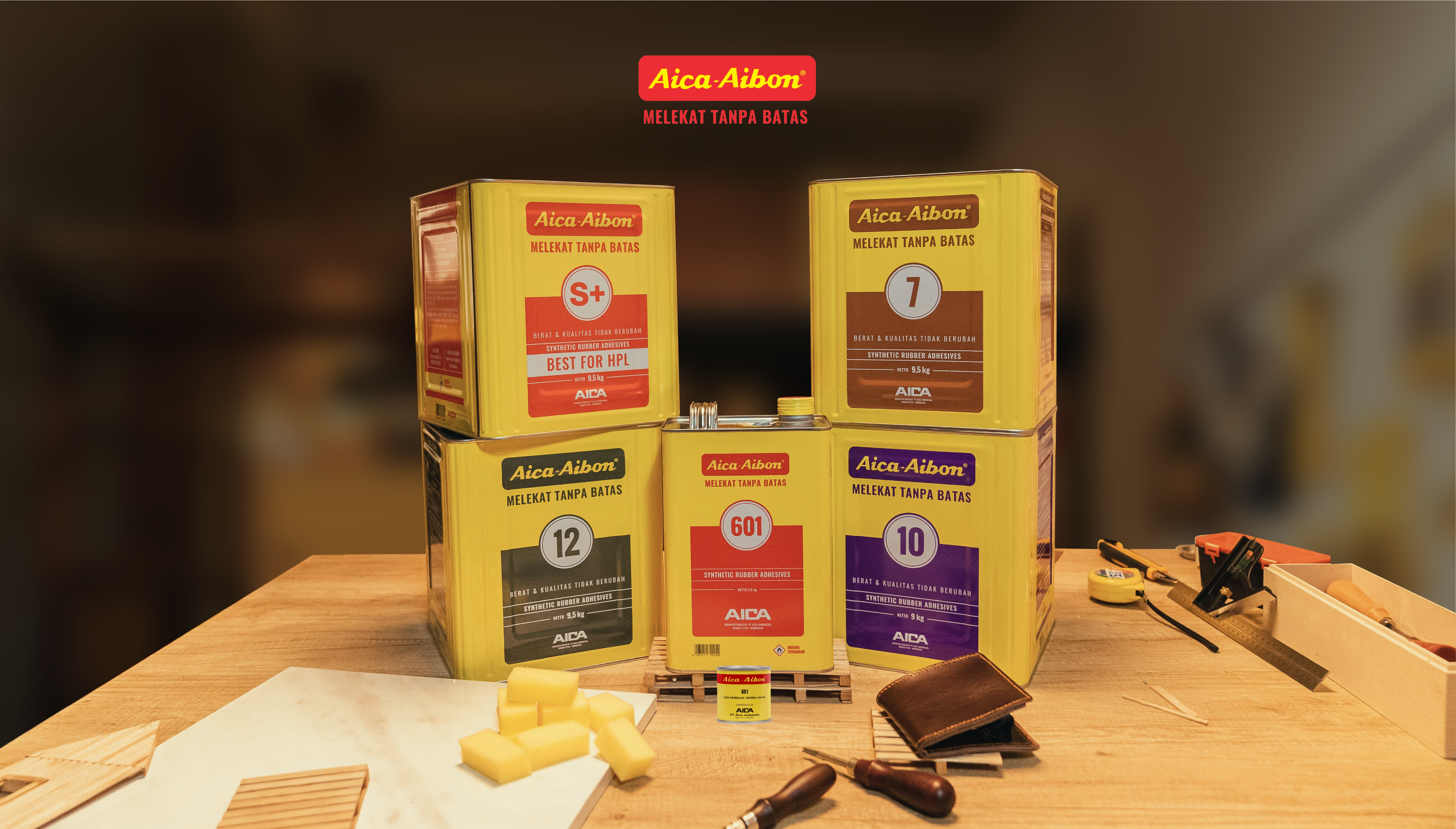
Now that you know how to properly use yellow glue, don’t forget to follow each step carefully to get the strongest possible bond. For professional results, it is encouraged for you to choose a trusted adhesive like Aica-Aibon glue from Aica Indonesia, which offers a variety of yellow glue formulations tailored to your project needs.
SHARE